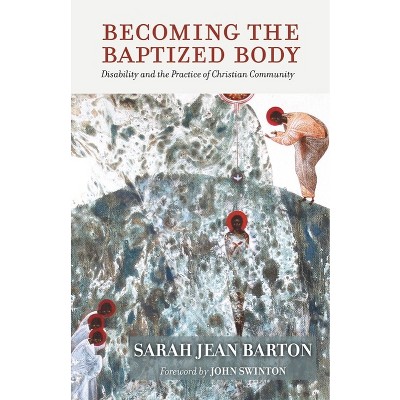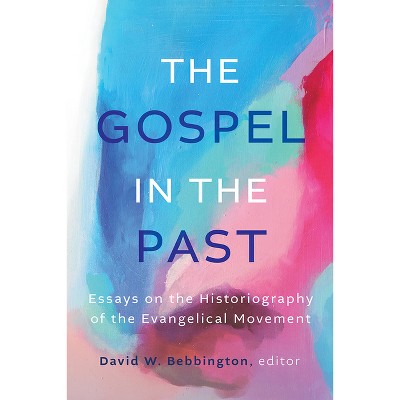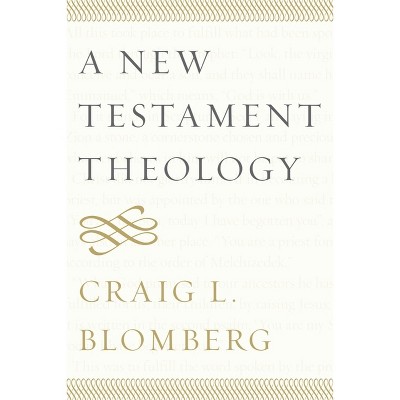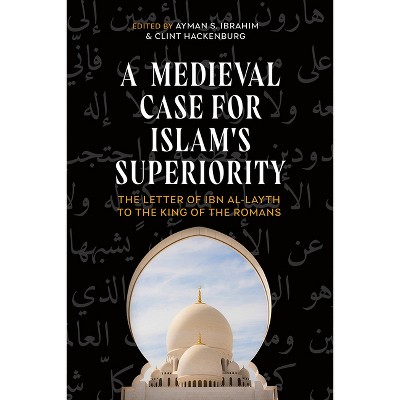About this item
Highlights
- Few characters were as ubiquitous in the collective consciousness of early modern Spain as the Virgin Mary.
- About the Author: Mirzam C. Pérez is Assistant Professor of Early Modern Spanish Literature at Grinnell College, where her research interests include Spanish drama, visual culture, transatlantic studies, and art.
- 183 Pages
- Performing Arts, Theater
Description
About the Book
The Mary of the stage was an active, sinuous, even sensual force whom playwrights would ultimately use to support a fracturing monarchy.Book Synopsis
Few characters were as ubiquitous in the collective consciousness of early modern Spain as the Virgin Mary. By the 1600s, the cult of the Immaculate Conception had become so popularized that the Hapsburg monarchy issued a decree in defense of the Virgin's purity. In a climate of political disharmony, however, this revered icon--often pictured as the passive, chaste, and pious mother of God--would become an archetype of paradox within the Spanish imagination.
In The Comedia of Virginity, Mirzam Pérez underscores how the character of the Virgin Mary was represented on the theater stage. Following a concise account of the historical, academic, and political forces operating within Hapsburg Spain, Pérez dissects three comedias--three-act productions featuring both drama and comedy--and draws out their multivalent interpretations of Mary. In their own ways, these secular comedias reproduced an uncommonly empowering feminine vision while making light of the Virgin's purity. The Mary of the stage was an active, sinuous, even sensual force whom playwrights would ultimately use to support a fracturing monarchy.
Review Quotes
... interesting and informative.
--Christopher D. Gascón, SUNY College at Cortland "Renaissance Quarterly"...Pérez's book is consistently engaging and enjoyable. It will be useful for readers interested in the three plays it analyses and it should prove informative for those keen to understand something of the religious culture of Golden-Age Spain...
--Roy Norton, Christ Church, Oxford "Bulletin of Spanish Studies"About the Author
Mirzam C. Pérez is Assistant Professor of Early Modern Spanish Literature at Grinnell College, where her research interests include Spanish drama, visual culture, transatlantic studies, and art. She lives in Grinnell, Iowa.












